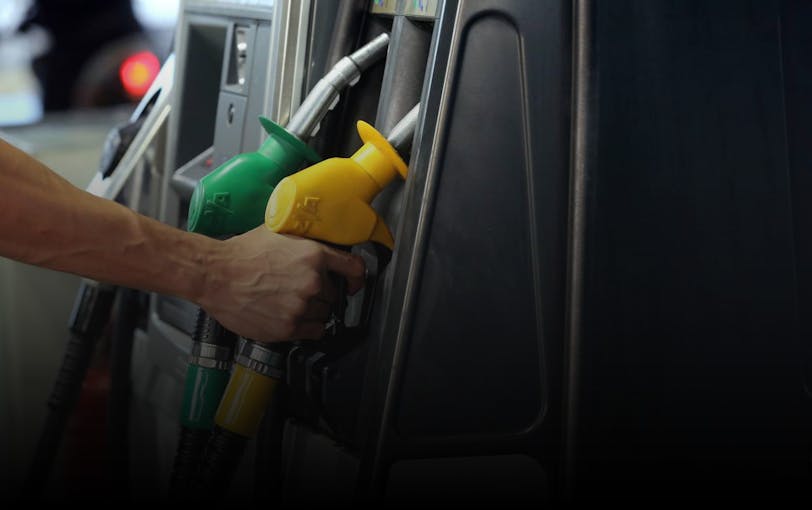All inventories are hidden inefficiencies of the system
Most industries die due to a shortage of working capital despite prudent management practices.
Generally, industries require huge working capital for raw material, stores, material for WIP (work in progress), finished goods in-store & in-transit apart from receivables.
While purchases are managed by attractive credit terms from suppliers, the cost of inventories in stores and transit eat-up a significant portion of working capital. Such inventories are on account of several in-efficiencies of the system. These in-efficiencies are both internal as well as external. It is, therefore, said all inventories are hidden in-efficiencies of the system and best explained by invisible pits underwater.
For instance, one of the major FMCG companies identified that their in-transit inventory of finished goods is worth Rs. 100 crores (14 m$) and still they are facing stockouts. They redefined their transportation philosophy. As a result, they could reduce their in-transit inventory from Rs. 100 Crs (14 m$) to Rs. 20 Crs (2.8 m$)with minimum stock-outs. In the bargain, the logistic cost increased by 5% which was too small in comparison to the cost of working capital.
It is, therefore, necessary that each inventory is examined critically for underlying inefficiency. Many times prudent measures can identify and remove such conditions leading substantial savings of working capital.


